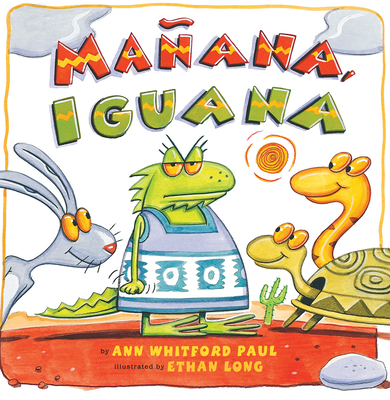
“Fetch the whipping boy!” Jemmy, a young orphan, served as a whipping boy for Prince Horace, more commonly known as Prince Brat. Prince Brat was always causing trouble and was worthy of whippings. However, it was royal custom to never harm a prince in any way. Instead, the castle has a common boy to be the whipping boy. Whenever the prince does something wrong, the whipping boy is brought out to take his punishment. Jemmy has taught himself reading and mathematics while living in the castle, and he longs to be free again. One night, Prince Brat approaches Jemmy and orders the whipping boy to accompany him and run away. Upon their escape, the two boys run into two highwaymen, Hold-Your-Nose Billy and Cutwater, who decide to kidnap the boys and use the prince to collect a ransom. Jemmy devises a plan. He tells the highwaymen that he is the prince and that they should send the servant, Prince Brat, back with a message. Prince Brat misinterprets the plan, and refuses to go back to the castle. The boys manage to escape momentarily from the highwaymen, and run into a girl, Betsy, who is searching for her dancing bear Petunia. She tells them where they can find a kind potato man who will give them a ride to the fair. While the boys are riding in the man’s cart, they are once again stopped by the two highwaymen. Since they still believe that Jemmy is the prince, they beat Prince Brat instead. Once at the fair, Jimmy and Prince Brat head down to the sewer to catch rats. They overhear a women say that things will be much worse when Prince Brat becomes the king. They see a reward letter that the king has written for the safe return of his son. Then, they catch a glimpse of the highwaymen. They lead the men into the sewer, and trick them down a path where they are attacked by rats. Prince Brat decides to go home. Prince Brat arranges for the potato man to collect the reward. The king allows Jemmy to live under his protection in the castle, with his newfound friend Prince Horace. The two highwaymen were last seen on a ship headed for a convict island.
The Whipping Boy is a heartfelt, Newbery-winning novel that shows friendship and heartache. As a teacher, I would use this book in my class as a part of a literature circle. I would include several, Newbery-winning novels for different student groups to read (including this one), and let the students guide discussion and raise/answer questions. As a group, they can discuss why this particular book won the Newbery award, and discuss what they liked/didn’t like about the novel. I would specifically have them do a character analysis for Jemmy and Prince Horace, find different themes, and have them examine the language used in this book. Some of the students could even act out a scene for the class, or on a FlipCam.





















